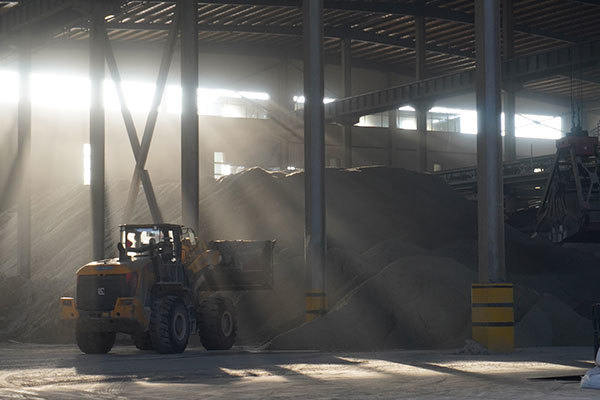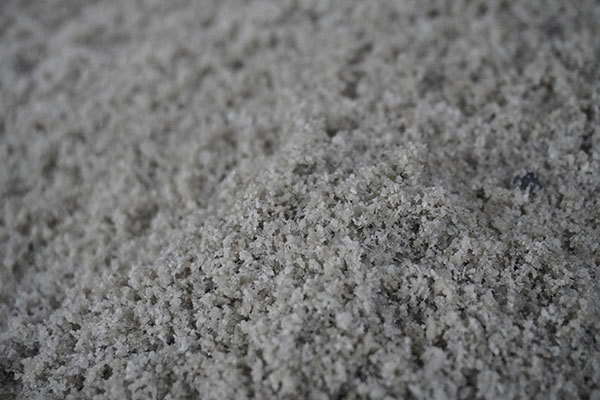Characteristics of refractory bricks
Release Time:
Jan 26,2024
1, chemical composition: the main components determine the quality and characteristics of the refractory material 2, bulk density: weight per unit volume, density, indicating good densification, strength may be high, but the thermal conductivity may be large 3, apparent porosity: did not do specific requirements, but as a manufacturer must strictly control the apparent porosity.
Self-properties
1, chemical composition: the main components determine the quality and characteristics of the refractory material
2, bulk density: weight per unit volume, density, indicating good densification, strength may be high, but the thermal conductivity may be large 3, apparent porosity: did not do specific requirements, but as a manufacturer must strictly control the apparent porosity.
4, load softening temperature: also known as the high-temperature load start deformation temperature, this parameter is very important, marking the resistance of the material to high temperature resistance
5, thermal shock resistance: the ability to resist rapid changes in temperature without being destroyed
6, compressive strength: withstand (room temperature) the maximum pressure capacity
7, flexural strength: the ability to withstand shear pressure
8、Linear rate of change: also called the re-burning line change or residual line change, refers to each time in the same temperature change in the volume of expansion and contraction changes, if each expansion and contraction of the same, we define such a linear rate of change of 0
Physical and chemical properties
1、Wear resistance:
2, thermal conductivity: unit temperature gradient conditions, the rate of heat flow through the unit area of the material, with the porosity of the relevant
3, impact resistance: no need to explain it, good impact resistance, long service life
4, slag resistance: resistance to slag erosion at high temperatures without being destroyed ability
Key words:
What Else Might You Learn?






